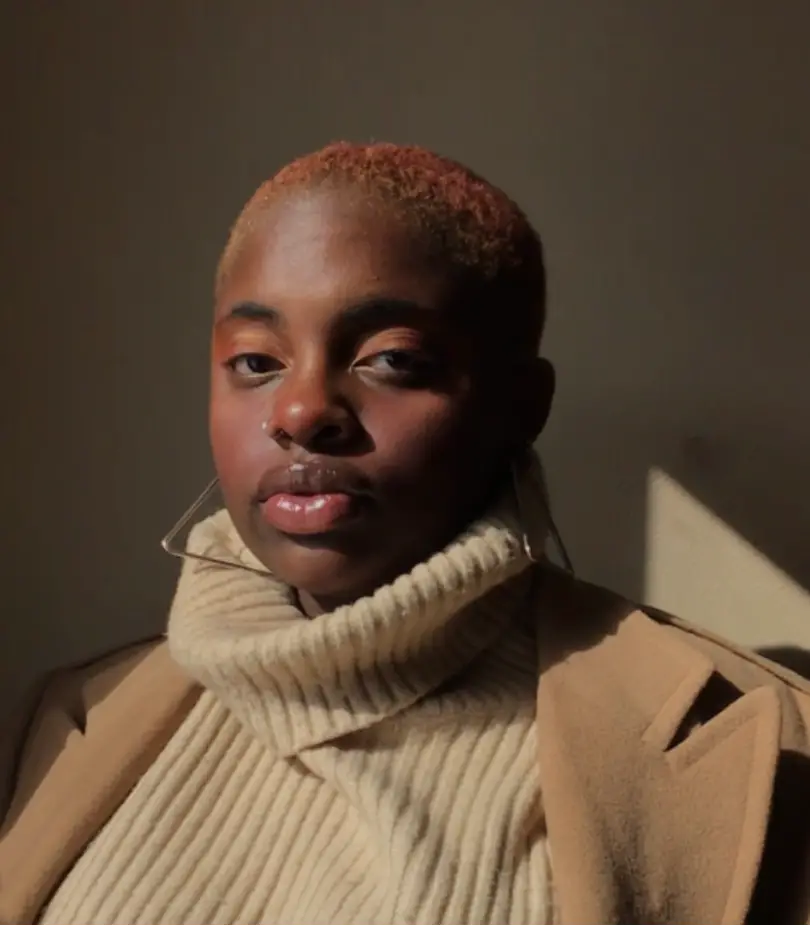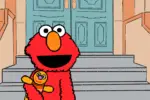Tumblr fell into decline in December 2018 when they enacted the NSFW ban after it was revealed that the micro-blogging platform had a massive child pornography issue. The site’s traffic has dropped to a third of what it used to be since then.
In the early to mid-2010s, however, Tumblr was in its prime. Never an extremely popular website, the social media platform served as an alternative to hyper-visible platforms like Twitter and Instagram. Niche interests were celebrated instead of degraded and entire communities spawned for the most obscure of topics.
This culture created the perfect environment for young LGBT+ teens to explore their sexuality for the first time. It was one of the first online spaces where being LGBT+ was not just tolerated but encouraged. Thousands of blogs were dedicated to uplifting the community and educating others on how to be more accepting.
Tumblr’s impact on the online LGBT+ community cannot be understated. The site’s strong stance against bigotry in all forms eventually bled to other websites to create the more inclusive atmosphere that was missing from most online spaces until the late 2010s. But to say Tumblr’s influence was all positive would be inaccurate. While the site does serve as a safe space for LGBT+ people, it has also created an environment where misinformation could easily be passed off as fact.
The culture of discourse on Tumblr serves as the machine that transformed harmful opinions into objective truths. Avid users of the site can recall how every topic was eventually subjected to meaningless and heated conversations for seemingly no reason at all. LGBT+ specific topics were frequently the target of discourse, and it’s here where Tumblr’s safe environment became toxic for many.
Incessant conversations about sexual orientation and gender identity questioned the existence of different members of the LGBT+ community and created arbitrary and outright wrong guidelines on how to exist as a person in this community.
One of the worst concepts popularized by Tumblr was the split-attraction model. This framework divides sexuality into romantic and sexual attraction — for example, being sexually interested in all genders, but only being romantically interested in men. The split-attraction model confused a multitude of LGBT+ kids into trying to separate their romantic feelings from their sexual ones.
The logic of this model falls apart under any scrutiny because sole sexual interest in a gender is just fetishizing them, but it reigned supreme on Tumblr for many years. To this day, the split-attraction model lives on in online discourse on other social media sites in the concept of bisexual/pansexual lesbians.
Implying that lesbians can be attracted to men in any capacity is inherently “lesbophobic” and detrimental to real lesbians who already face constant pressure to like men through compulsory heterosexuality.
If you thought that the sexuality discourse on Tumblr was bad, the gender discourse was even worse. Non-white narratives of transness were intentionally excluded from any ongoing conversations about gender. Colonial ideas that argue that you need gender dysphoria to be transgender and that every trans person has to transition infected the site and invalidated the experiences of transgender black people and people of color.
This caused thousands of trans-kids unnecessary grief in understanding their true identities. Where Tumblr should’ve been the perfect space to address colonialism’s impact on how gender is framed in the present, it became the epicenter for a white and incomplete understanding of transgender people that still affects how they are seen today.
Attempts to disavow these damaging ideas were met with accusations of bigotry. These were grown adults telling children they were terrible people for having a different opinion than them. Age and race dynamics on Tumblr played a large role in how toxic Tumblr was to its LGBT+ users.
Young white adults were the dominant voice on the website and controlled much of the discourse and wrote many of the call-out posts that led to teens being run off the site. The voices of LGBT+ black people and people of color were a second thought at most, like a rushed sticky note attached to a thesis.
And still, being LGBT+ on Tumblr was significantly better than being LGBT+ in any other online space at the time. The site was an oasis of golden information for those who had recently realized they were LGBT+, with blogs dedicated to explaining different identities and creating guides for people who were questioning their gender and sexuality.
Tumblr replaced the parents who wouldn’t accept their LGBT+ kids or didn’t know anything about the community. It was a refuge in a climate where it was still acceptable to tell gay jokes and be brazenly homophobic.
The beauty of Tumblr is that it is easy to carve out your own space away from the daily discourse and nonsense-prevailing opinions. Building a community of like-minded, tolerant LGBT+ people was possible if you knew who to follow. Common sense became less scarce towards the beginning of the site’s decline as young teens became young adults who realized the opinions they’d internalized as facts were wrong.
Black people and people of color were able to build platforms as it became important to explore non-white experiences within the LGBT+ community during the Black Lives Matter movement.
Tumblr was the best and worst of times for an entire generation of LGBT+ kids. The endless discourse and fetishization of gay men in fandom spaces made the site mostly unbearable, but Tumblr still provided millions of LGBT+ kids the opportunity to explore their sexualities and genders for the first time, an opportunity many of them might have not had if the site never existed.
https://www.instagram.com/p/B97VgRKJ9Uu/?utm_source=ig_web_copy_link
Twitter and Instagram owe their significantly more inclusive environments to Tumblr’s overzealous attempts to validate everyone. Inherently flawed but incredibly necessary, Tumblr walked so modern LGBT+ spaces could run.

















